In the intricate world of cosmetic packaging, every detail counts. From the sleek design of a bottle to the finishing touch of a cap, each component plays a vital role in capturing consumers’ attention. Have you ever wondered about the artistry that goes into crafting those perfectly molded plastic caps that sit atop luxurious cosmetic bottles? In our upcoming blog post, we delve into the fascinating realm of Betterchois plastic cap manufacturing company for cosmetic bottle innovation. This behind-the-scenes look will unravel the meticulous process involved in creating these tiny yet essential pieces that add a touch of elegance to your favorite beauty products. Join us on this journey as we explore the innovative techniques and cutting-edge technologies shaping the future of plastic cap production in the cosmetics industry. Get ready to uncover the secrets behind the seamless marriage of form and function in the world of cosmetic packaging!
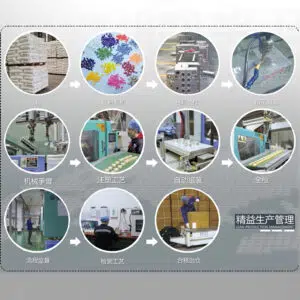
Evolution of Plastic Cap Design in Cosmetic Packaging
The design of plastic caps for cosmetic packaging has come a long way over the years. In the past, plastic caps were simple and functional, serving the purpose of sealing the bottle and preventing leakage. However, as consumer expectations and demands have evolved, so too has the design of plastic caps.
Today, plastic cap manufacturers like Betterchois are pushing the boundaries of design to create caps that not only provide functionality but also enhance the overall aesthetic appeal of cosmetic packaging. From sleek and minimalistic designs to intricate patterns and textures, there is a wide range of options available to suit different brand identities and consumer preferences.
One notable trend in plastic cap design is the incorporation of branding elements. Many cosmetic brands now use their logo or brand name on the cap itself, turning it into a recognizable symbol for their products. This not only adds a touch of sophistication but also helps with brand recognition and recall.
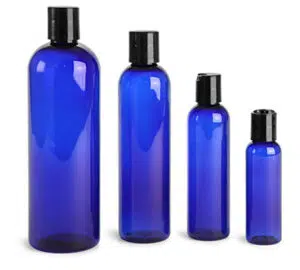
Innovative Materials Used in Modern Plastic Cap Manufacturing
Plastic cap manufacturing has seen significant advancements in terms of materials used. Traditionally, plastic caps were made from polyethylene (PE) or polypropylene (PP), which are still widely used today due to their durability and cost-effectiveness.
However, with growing concerns about sustainability and environmental impact, manufacturers like Betterchois are exploring alternative materials for plastic cap production. One such material is biodegradable plastics derived from renewable sources like cornstarch or sugarcane. These bioplastics offer similar functionality to traditional plastics but have a lower carbon footprint.
In addition to bioplastics, manufacturers are also experimenting with recycled plastics. By using post-consumer recycled materials, they can reduce waste and minimize reliance on virgin plastics. This not only benefits the environment but also resonates with consumers who are increasingly conscious of sustainability.
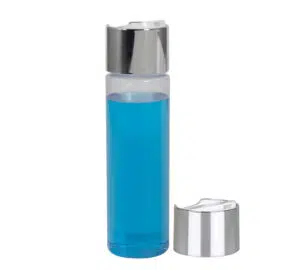
Precision Molding Techniques for Consistent Quality
When it comes to plastic cap manufacturing, precision is key. To ensure consistent quality and a perfect fit, manufacturers employ advanced molding techniques.
Injection molding is the most common method used in plastic cap production. It involves injecting molten plastic into a mold cavity and allowing it to cool and solidify. This process ensures precise dimensions and intricate details, resulting in caps that fit snugly onto bottles.
Another technique used is compression molding, which is suitable for caps with more complex shapes or thicker walls. In this process, the plastic material is placed into a heated mold cavity and compressed under high pressure until it takes the desired shape.
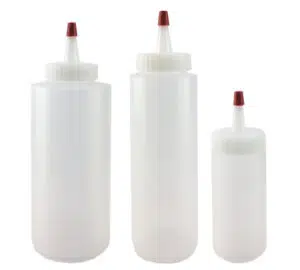
Sustainability Practices in Plastic Cap Production
The cosmetics industry has been under scrutiny for its environmental impact, and plastic cap manufacturers are taking steps to address these concerns. Betterchois, for example, has implemented sustainable practices throughout its manufacturing process.
One such practice is the use of energy-efficient machinery and processes. By optimizing energy consumption, manufacturers can reduce their carbon footprint and contribute to a greener future.
In addition, Betterchois has implemented recycling programs within its facilities to minimize waste. Plastic scraps generated during the manufacturing process are collected and recycled into new products or materials whenever possible.

Customization Options for Cosmetic Plastic Caps
Gone are the days of one-size-fits-all plastic caps. Today, cosmetic brands have endless customization options when it comes to their packaging.
Betterchois offers a wide range of customization options for plastic caps, allowing brands to create unique designs that reflect their identity. From different colors and finishes to embossed logos or patterns, there are countless ways to make a plastic cap stand out.
Furthermore, manufacturers like Betterchois understand the importance of ergonomics in cap design. They ensure that caps are easy to open and close, providing a seamless user experience for consumers.

Quality Control Measures for Flawless Finishes
Plastic cap manufacturers understand the importance of delivering flawless finishes to their clients. To achieve this, rigorous quality control measures are implemented throughout the manufacturing process.
Betterchois employs a combination of manual inspections and automated systems to ensure that each plastic cap meets the highest standards. From checking for dimensional accuracy to inspecting surface finishes, every cap undergoes thorough scrutiny before it is deemed ready for packaging.
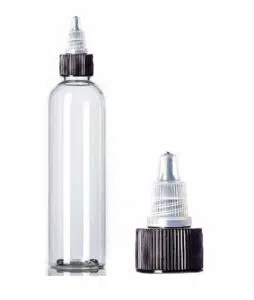
Future Trends and Technologies in Plastic Cap Manufacturing
The world of plastic cap manufacturing is constantly evolving, driven by technological advancements and changing consumer preferences.
One emerging trend is the integration of smart technologies into plastic caps. Imagine a cap that can track product usage or provide personalized recommendations based on individual needs. This could revolutionize the way we interact with cosmetic packaging.
Additionally, manufacturers are exploring new materials and manufacturing techniques to further improve sustainability. From biodegradable materials to 3D printing, there is no shortage of innovation happening in this space.
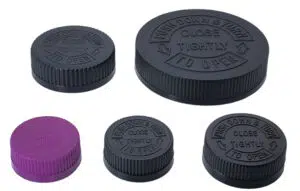
Conclusion: The Impact of Plastic Cap Innovation on Cosmetic Packaging
The evolution of plastic cap manufacturing has had a significant impact on cosmetic packaging. From improved functionality to enhanced aesthetics and sustainability practices, manufacturers like Betterchois are driving innovation in this field.
As consumer expectations continue to evolve, plastic cap manufacturers will play a crucial role in helping cosmetic brands stand out on crowded shelves. By embracing new materials, technologies, and customization options, they can create caps that not only protect the product but also elevate the overall brand experience.
With a focus on quality control and sustainability, plastic cap manufacturers are shaping the future of cosmetic packaging. The next time you pick up your favorite beauty product, take a moment to appreciate the intricate artistry that goes into crafting that tiny plastic cap.